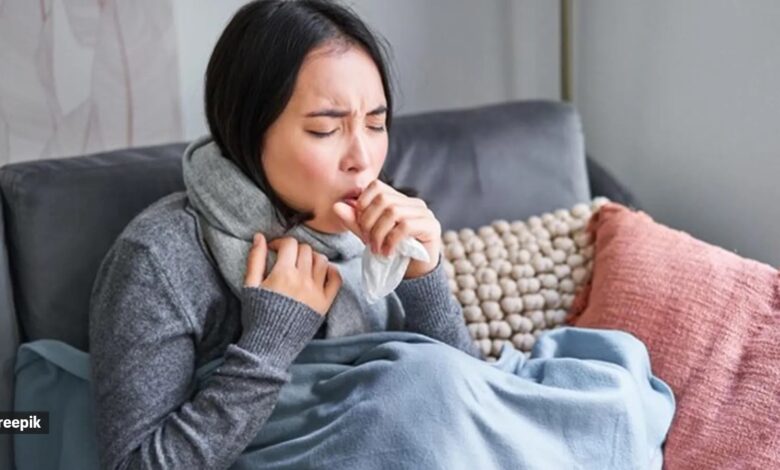Experts explain the rise in flu cases in Delhi-NCR, other states

Recent reports indicate an uptick in seasonal flu cases in Delhi-NCR. The predominant strains involved are seasonal influenza viruses — mainly Influenza A (including subtypes like H1N1 and H3N2) and Influenza B, says Dr Ravi Shekhar Jha, director, pulmonology, Fortis Hospital, Faridabad.“In some of my admitted patients, I also noticed multiple viruses attacking one person, like a flu virus, RSV or Respiratory Syncytial Virus (affects the nose, throat and lungs), and coronavirus in a single patient. This is a very strange trend which I am witnessing for the first time,” Dr Jha told .
“Multiple viruses in the same patients are also reported from the area surrounding NCR like Mathura, Meerut, and Agra,” he added.
Story continues below this ad
Dr Jha said the rise could be attributed to “several factors”:
Colder weather and indoor crowding: Lower temperatures and dry air during winter help viruses survive longer, while people spending more time indoors in close proximity facilitates transmission.
Air pollution: Elevated pollution levels in urban areas can weaken respiratory defenses, making individuals more vulnerable to infections.
Weakened immunity: Seasonal changes may affect overall immune responses, increasing susceptibility to flu viruses. “In fact, this time, weather change has been very erratic, and summers started earlier than usual,” noted Dr Jha.Story continues below this ad
Fever, sore throat, cough, headache, stomach troubles, joint pain, and respiratory problems are being reported as symptoms of flu present in 54 per cent of households in Delhi, according to a survey conducted LocalCircles.
Handwashing is essential (Photo: Getty Images/Thinkstock)
Other regions too?
Outside Delhi-NCR, many other regions in India also experience seasonal increases in flu cases. “Flu usually is a seasonal disease with a few cases being reported around the clock. It usually happens from January to March, and then toward the rainy season, which peaks around August, September, and October. This time, the surge is there not only in Delhi-NCR but in most of the states like Kerala and Maharashtra too,” said Dr Amit Gupta, senior neonatolog and paediatrician, Motherhood Hospitals, Noida.
The intensity and timing of infection can vary with local climatic conditions and population density, with urban centres often reporting higher rates compared to more rural areas, said Dr Jha.
To reduce the risk of infection, consider these preventive measures, Dr Jha said:Story continues below this ad
Vaccination: Get the seasonal influenza vaccine, which remains the most effective method of prevention.
Hand hygiene: Wash hands frequently with soap or use hand sanitizer to reduce virus spread.
Avoid crowded places: Limit time in densely populated indoor settings during peak flu activity.
Mask use: Wearing masks in crowded or enclosed environments can help block infectious droplets.Story continues below this ad
Practice respiratory etiquette: Cover your mouth and nose when coughing or sneezing.
Dr Gupta also advised to follow preventive measures like avoiding eating out, avoiding cold beverages and ice creams, etc.
DISCLAIMER: This article is based on information from the public domain and/or the experts we spoke to. Always consult your health practitioner before starting any routine.







